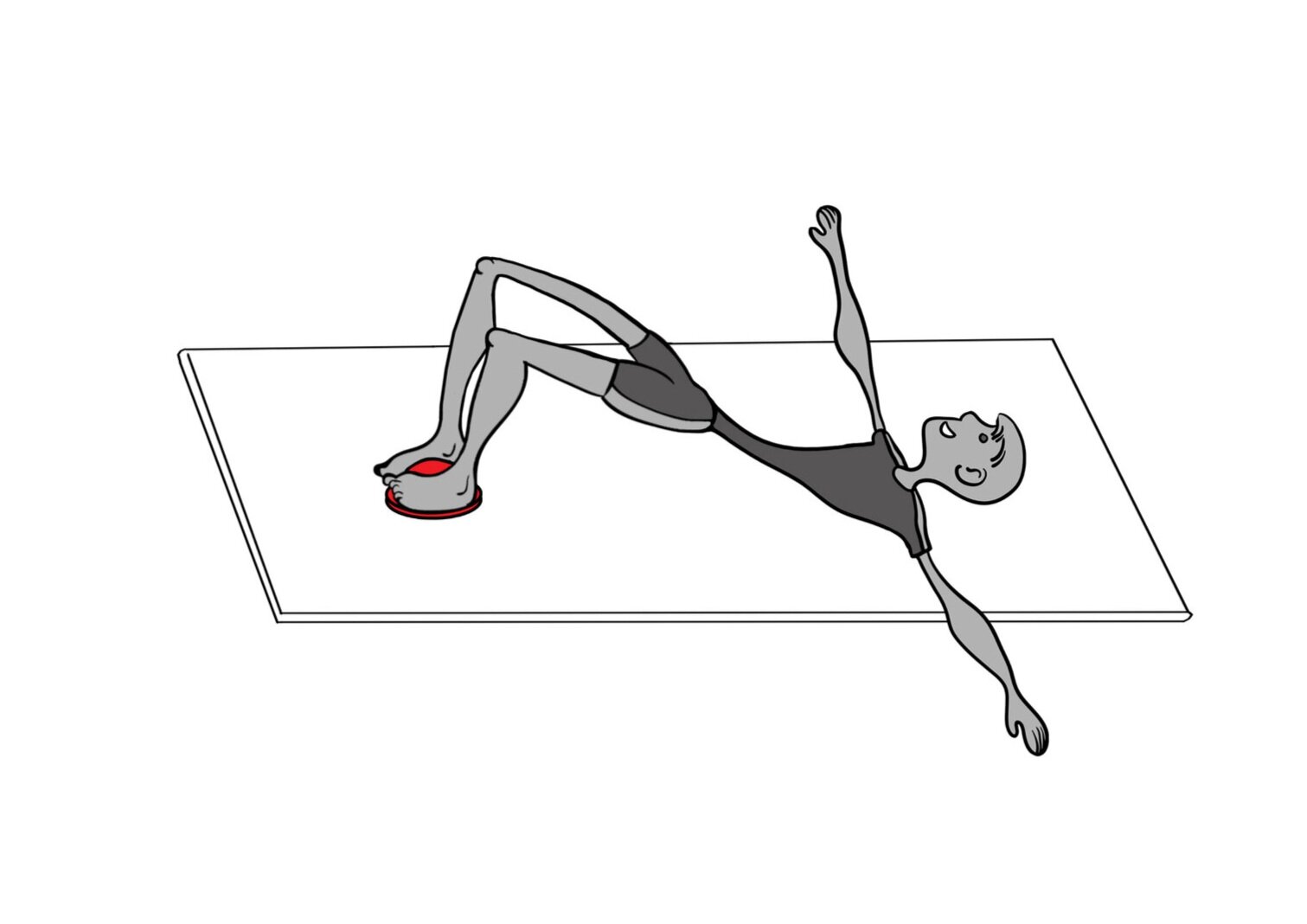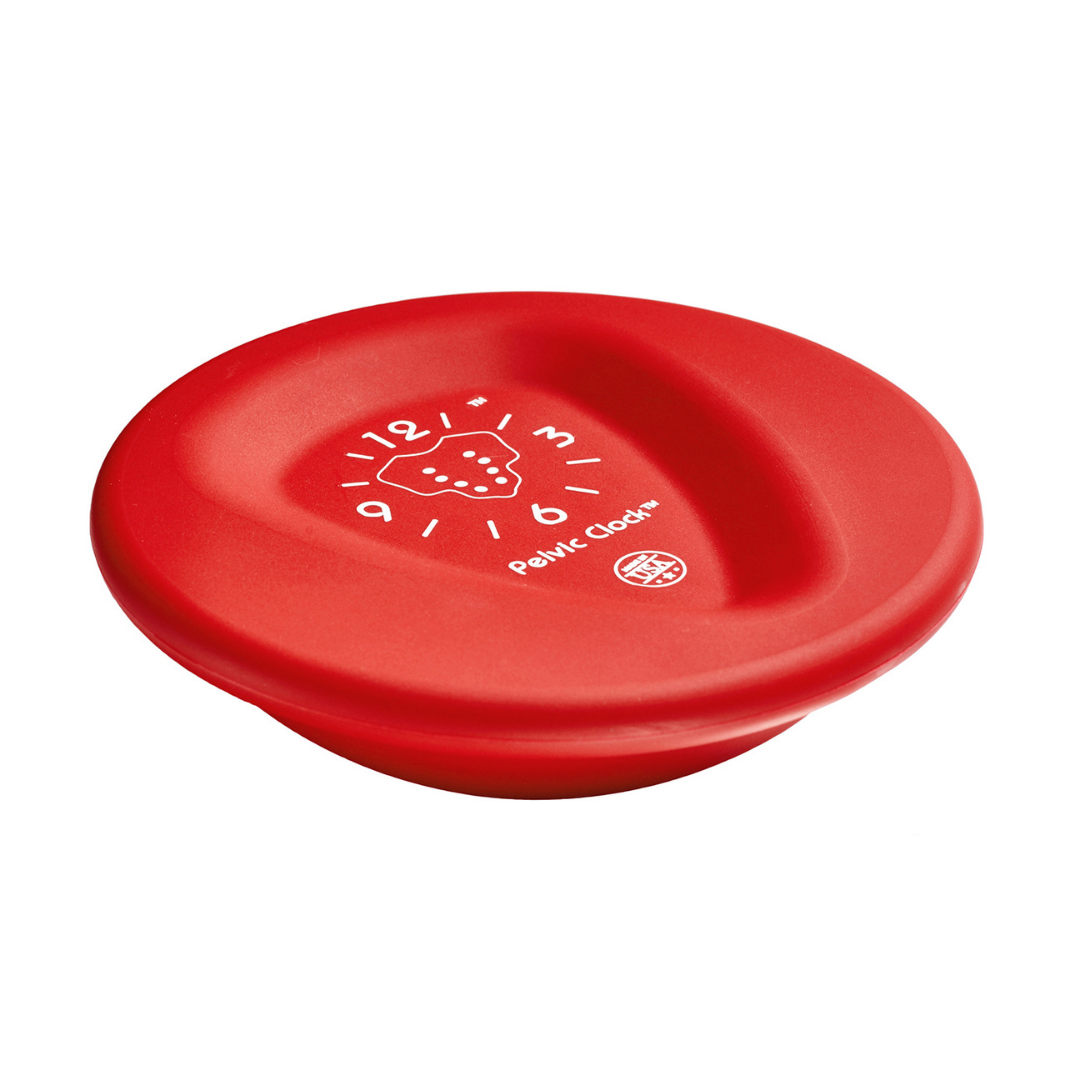Sacroiliac (SI) Joint Pain Exercises to Try at Home
Igor Gershengorin
By Yana Blinova, MS, Inventor of Pelvic Clock® Exercise Device, Former Olympic Coach
Sacroiliac (SI) joints play a crucial role in the body. As they connect the sacrum to the ilium (hip bone), they bear all the weight of the upper body. There are a number of muscles around the SI joints. If even one of these muscles fails to do its fair share of work, the rest of the muscles are strained. In many cases, this causes the ilium to rotate backward and become stuck, which leads to SI joint dysfunction, instability, and discomfort.
SI joint pain can occur in the lower back, buttocks, hips, or legs. As some of the symptoms are similar to those of other lumbar disorders, you will need to confirm with a medical professional that SI joint dysfunction is responsible for your discomfort. This will ensure that you are using the appropriate pain-relieving exercises. The good news is that many sacroiliac joint pain exercises can also help with other lower back and hip conditions.
Choosing SI Joint Exercises
A quick search online for SI joint pain relief will turn up recommendations like child’s pose and general stretches focused on the hamstrings and lower back. Whereas these will help, they fail to get to the root of the problem: SI joint instability. To restore a natural range of motion in the body, you need to perform exercises that target the SI joint directly.
Every exercise to combat SI joint dysfunction fulfills one of two purposes. It either:
Stretches tight muscles that are restricting SI joint movement, or
Strengthens core muscles that are currently too weak, therefore stabilizing the SI joint
An effective SI joint dysfunction exercise program must target three key areas: internal and external obliques, the transverse abdominal muscle, and the gluteus medius muscle.
Pelvic Clock
Before you can get started with SI joint stretches, you need to understand the concept of the pelvic clock. Imagine the space around your pelvis as a conventional clock, with 12:00 directly behind you. Your SI joints are at 11:00 and 1:00.
1. Pelvic Tilts
For your first pelvic tilt, use 6:00 and 12:00. Take a regular stomach crunch position, lying on your back with your knees bent and with your feet flat on the floor, hip-width apart. Inhale as you tilt your pelvis to 6:00 and then exhale completely as you tilt your pelvis to 12:00. By exhaling fully, you hollow out your stomach and target the transversus abdominis muscle. Hold the position for 5 seconds.
2. Diagonal Pelvic Tilts
If regular pelvic tilts prove to be insufficient for SI joint pain relief, move on to diagonal pelvic tilts.
Repeat the same movement, again tilting to 6:00 on the inhale, but this time tilt to 1:00 when you exhale, holding for 5 seconds. Return to 6:00 on your inhale and then tilt and hold at 11:00. Repeat this SI joint exercise 10 to 20 times.
You can also make the diagonal pelvic tilt exercise more advanced by stretching out one of your legs.
In the case your left SI joint is giving you pain, stretch out your right leg. As you inhale, tilt your pelvis to 7:00. Then, exhale and tilt to 1:00, holding for 5 seconds.
If your right SI joint is the problem, stretch out the left leg. Inhale and tilt your pelvis to 5:00. On your exhale, tilt and then hold at 11:00. Repeat this exercise 10 times.
Strengthening the gluteus medius muscles is an important part of SI joint stabilization, especially when the reason for SI joint dysfunction is hypermobility of your SI joints.
You may be familiar with the next three exercises, as they are commonly used for many other lower back and hip conditions.
3. Bridge for Gluteus Medius
Lie down with your knees bent. Place the flat surface of the Pelvic Clock® exercise device on the floor between your feet.
Turn the soles of your feet inward and wrap them around the round surface of the device.
Mimic squeezing a huge orthotic arch support between your feet.
Keep your knees apart with your weight on the outer sides of your feet.
Lift your pelvis off the floor. Hold the bridge for 5 seconds. Return to the starting position.
Repeat 10-20 times
4. Clamshells
Lie on one side with your knees bent. Keeping your feet together, slowly pull your top knee away from the bottom knee. Repeat 10 times before switching to the other side.
5. Side Steps
The last exercise involves standing with your feet at hip-width apart with an elastic band wrapped around your ankles. Point your toes slightly inward. Bend your knees and take 10 steps to the right followed by 10 steps to the left.
A Pelvic Clock® exercise device will make performing the above exercises easier. The device guides your movement, providing greater accuracy. When you perform exercises with a Pelvic Clock®, you’ll see a greater range of pelvic motion in every direction and faster results to combat SI joint instability.
After completing your SI joint exercises, use ice for 5 to 10 minutes. This will help you avoid inflammation. In addition, throughout the day make sure you maintain proper posture and good body mechanics to ease stress on the SI joints. For instance, you should avoid asymmetrical positions and never put all your weight on one leg when standing or sitting. All this will help you avoid chronic SI joint dysfunction.



